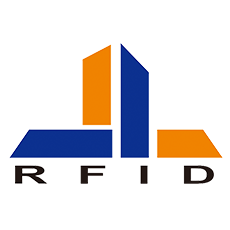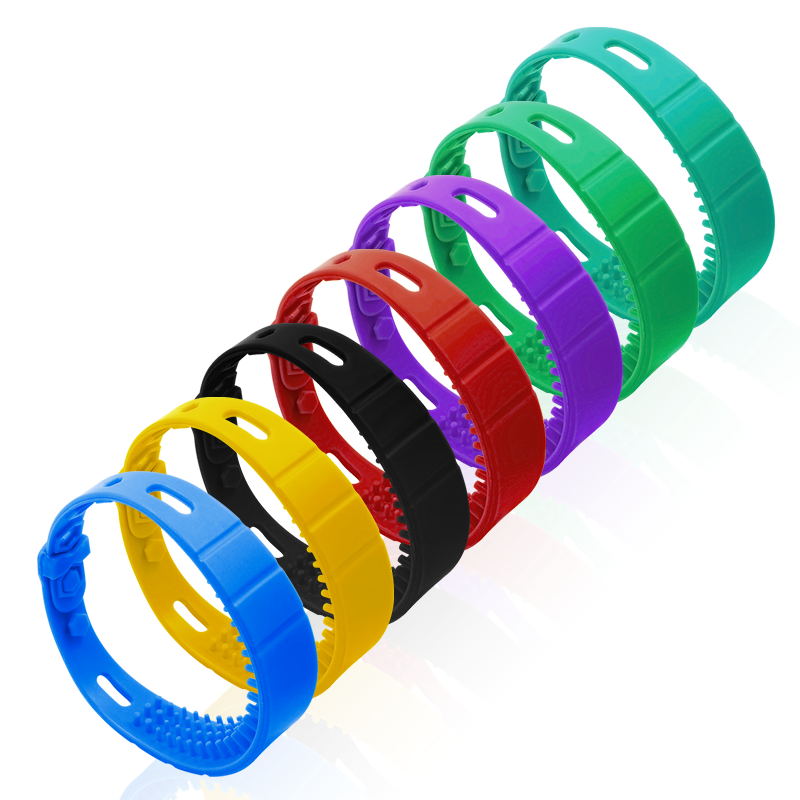ParkPass Automates Access Control, Payments and Entertainment
Jul 03, 2018—
Near Field Communication (NFC)-based solutions for access to theme parks and festivals, as well as systems using the same technology for snack bar or gift shop payments and other services, traditionally require installation, integration and sometimes several technology providers to cobble together the desired features. That's the contention of technology company Connect&GO, which has designed a cloud-based, single-platform solution to cover three applications at a single site, with a very simple installation and a cost of less than one or two dollars per ticket holder, depending on the number of applications being used.
The solution, known as Parkpass, is a software platform aimed at three use cases: access control, cashless payments and experiential activations. The system, launched last year (see Connect&Go Offers RFID Wristbands for Amusement and Water Parks) provides park and event attendees with an NFC-enabled wristband that they can use to enter an event, make purchases without cash, and activate games, contests and other experiences that they might also share on social media.
The system is designed to coordinate a variety of contactless features, which can include opening lockers, such as at a water park, as well as access to an online photo album and safety features for children. For park managers, it's about analytics and the data they can employ to better understand traffic movement, what interests attendees and how they can increase sales onsite.
Connect&GO, a spinoff company from RFID Academia, has offered software, as well as NFC-enabled wristbands and readers, for about five years (see Osheaga Music Festival to Include New NFC-enabled Features). The firm serves amusement parks, sporting events, concerts, festivals and family entertainment centers. Its NFC solution has been used for some or all three functions—access control, payments and electronic experiences—at sites including Canada House at this year's Winter Olympics village.
In November 2017, Connect&GO first released its Parkpass system, centered around providing a single, easy point of entry at a cost of about 50 cents per wristband and per function, says Anthony Palermo, the company's CEO. "The system is designed to be simple and easy to deploy," he states. With Parkpass, users can simply fill out a questionnaire about their facility and the types of services they want to provide. Connect&GO will then configure the solution and provide the NFC readers (using off-the-shelf technology) to be utilized by park employees. The readers can be set up at gates, points of sale or kiosks, while staff members can carry handheld readers to scan wristbands as well.
For access control, ticket holders typically tap their wristbands against readers upon entering the park, or when they enter specific areas, such as rides. Data captured by the software can then be used for analytics, as well as to provide real-time data for park managers to view how many people are at specific locations at any given time, when they are there and their identities, in case an individual needs to be located.
For experiential features, a park can contain kiosks with photo booths, games or contests that can be activated at the tap of a wristband. If an individual uses the kiosk, content (such as his or her image or contest score) can be linked to that individual. If he or she provided social-media links, the information can also be posted in real time.
For payments, the technology is intended to allow park users to forgo their wallets and make purchases using the wristband. A visitor would first provide information such as a credit card number, which would be encrypted and stored along with the wristband ID in the Connect&GO software. The system also offers a closed-loop option, by which guests can load a specific amount of money onto their card. In that way, payments could be made more easily, reducing the time required for each transaction. On average, Palermo says, the system has been shown to increase sales at onsite vendors by 35 to 40 percent, due to the convenience of cashless payments.
The solution's greatest value, Palermo reports, is the interests it provides to park users: faster queues at entrances or rides, easier purchasing with the tap of a wristband linked to a bank account, and quick access to experiences that they can share on social media. "We are focused on providing customer experience," he states. "Our view is that if you make things better for the customers, the park will reap the interests."
Additionally, some parks cater to children, who often become separated from their parents while taking part in activities. The Parkpass system can pair each child to a parent, with their wristbands linked together in the software when they first arrive and buy tickets.
Parents can set up restrictions or alerts on their children's wristbands. For instance, they can provide payment options and limits at the snack bar, but if a child has a peanut allergy, for example, that information can be stored on the account. When making a purchase, the child would tap his or her wristband, and the snack-bar personnel would view the allergy warning and ensure that the kid would not be provided anything dangerous to his or her health.
If a child becomes lost, or if a parent is searching for that child, personnel onsite simply use the Connect&GO reader to capture the tag ID of either wristband. They can then view data indicating where that individual was last "seen" in the system, such as checking into a specific ride or game.
While the system, first and foremost, serves customers of theme parks and festivals, Palermo says, it also provides analytics for site managers that can help them to better understand attendance and conditions that might increase or decrease that attendance, or purchasing. For instance, the system links data such as weather, time of day, day of the week and activity at places onsite—snack bars, for example.
Connect&GO can be nimbler than larger companies, Palermo notes, in providing the features each event manager needs—in part, due to its size. "We're disruptive right now because we can provide more flexibility than larger companies," he states. "In this space, there's a transformation happening," which requires full solutions that tech-savvy millennials and other patrons have come to expect.
Since the Parkpass system was released, Palermo reports, seven parks have signed up to use the solution. "We expect to have 20 more customers by the end of the year," he says, adding that those deployments will require approximately six to seven million wristbands. In March, Montreal-based Connect&GO opened a new office in Paris to extend its reach further into Europe.
Refernce:above news from http://www.rfidjournal.com/articles/view?17645/3
Products link:http://www.rfidkl.com/long-range-uhf-rfid-bracelet-for-identification_p0137.html


















